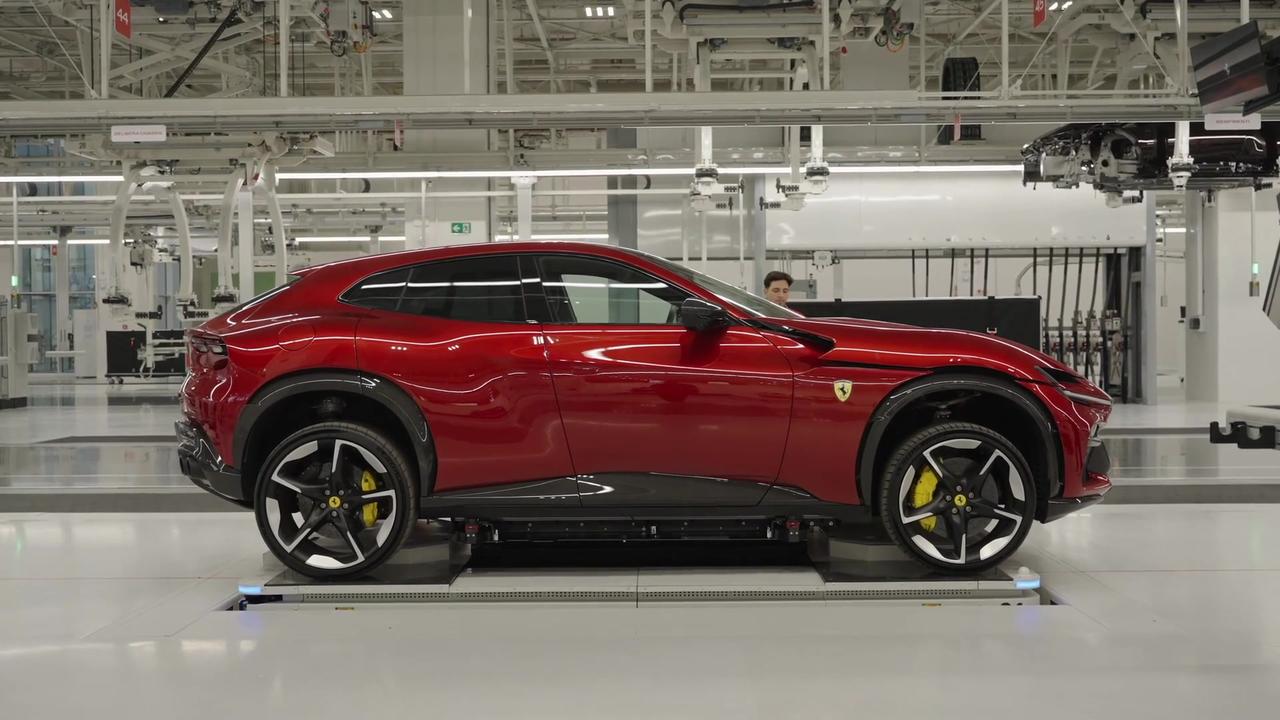
The e-building, the factory that will produce internal combustion-engined cars, hybrids and Ferrari's first electric model, will be inaugurated in the presence of Italian President Sergio Mattarella.
Through the e-building, Ferrari is enhancing its production flexibility in line with its strategy of prioritising revenue quality over quantity.
The plant also reflects the principle of technological neutrality, as it will house the production and development of internal combustion engines, hybrid engines and new electric motors, each capable of delivering Ferrari's signature driving excitement.
The integration of the production of the entire range in a single building will allow Ferrari to reorganise and reallocate all production activities more efficiently among its existing facilities in Maranello, increasing its ability to adapt quickly to production needs.
The e-building, a facility equipped with state-of-the-art technology, will also produce the strategic electrical components that are highly relevant to differentiating Ferrari's technology and performance: high-voltage batteries, electric motors and axles.
The building, designed to achieve the highest levels of energy performance, is powered - among other sources - by more than 3,000 solar panels installed on the roof that produce 1.3 MW.
With the shutdown of the trigeneration plant, scheduled for the end of the year, the building will be powered entirely by renewable energy, generated from both internal and external sources with a guarantee of origin.
Several cutting-edge solutions have been adopted to reuse energy and rainwater in the production cycle.
For example, more than 60 per cent of the energy used for battery and motor testing will be recovered in accumulators and redirected to power new processes.
The plant was built north of the Ferrari campus, which is being expanded.
The area was acquired and redeveloped without additional land consumption by replacing obsolete and energy-dispersive industrial structures.
